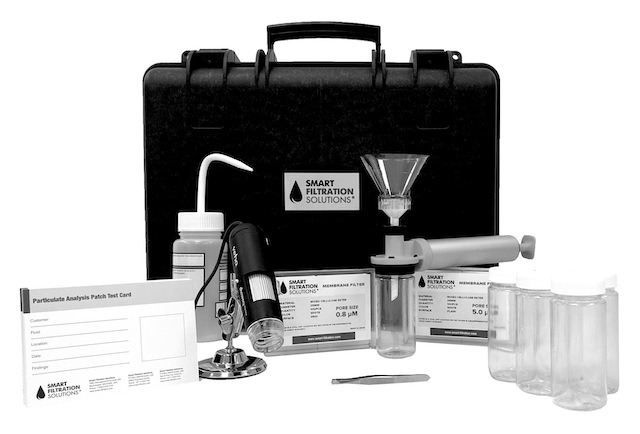Problems We Solve
Fuel & Oil Contamination Challenges
We Solve Real Problems
Measuring Contamination
ISO 4406:2017
The International Organization for Standardization (ISO) has developed a cleanliness code that is the primary piece of data reviewed on most industrial oil/fuel analysis reports. The value of this code can help determine the overall cleanliness of the monitored system. Often times, an end user will establish a target value to achieve, thus offering a level of confidence so long as the used oil/fuel sample meets this established target.
ISO 4406 contamination codes consist of three numbers corresponding to the number of particles of 4 microns and larger, 6 microns and larger, and 14 microns and larger present in the fluid.
This table illustrates what it means to start with a contamination level of ISO 22/21/18 and target a cleanliness level of ISO 14/13/11.
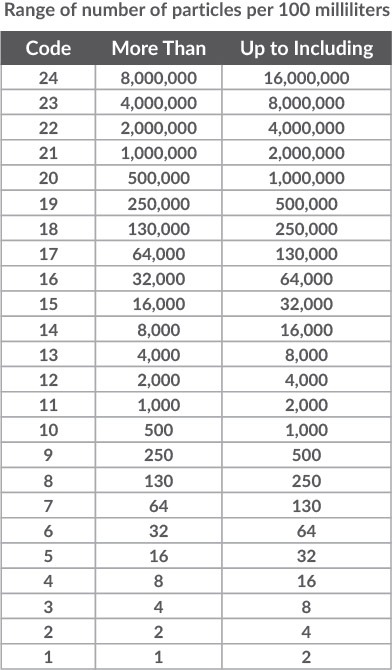
Fuel Injector Clearance
The typical clearance for a high pressure common rail fuel injector is less than 5 microns, and some injectors feature a clearance of less than 2 microns, so even the tiniest particles can cause problems. With tight tolerances and high rates of pressure, even microscopic particles in diesel will ruin your injectors and cost you thousands of dollars in downtime and replacement parts.
Size of Familiar Particles
- Grain of Table Salt 100 µm
- Human Hair 80 µm
- White Blood Cell 25 µm
- Talcum Powder 10 µm
- Red Blood Cell 8 µm
- Silt <5 µm
- Bacteria 2 µm
We Solve Real Problems
Microscopic View Of
Contaminants
There are many different types of contaminants that could adversely effect, damage or even destroy a fuel injection or a hydraulic system. Bacteria, fungus, water, suspended microscopic particles, additives, wax are some of the main contaminants. Below are some examples of suspended microscopic particles and how they appear under a microscope. The size varies from 4-120 micron.

Typical View
This is what a typical fuel sample patch looks like under a microscope. Careful observation reveals various different types of microscopic particles such as silica, bright metal particles and asphaltenes.
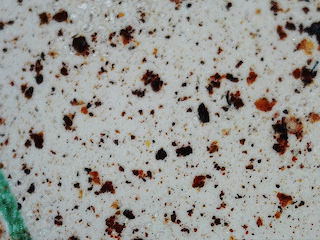
Rust
Presence of water in the transfer chain speeds the oxidation and chemical breakdown of metal parts (pipes, valves, etc) and is considered very dangerous. Particle size vary from 10 – 120 micron range.
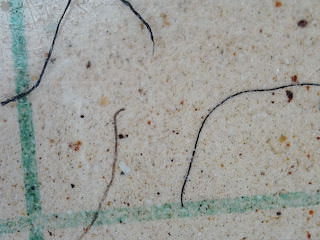
Fibers
They are introduced into the fuel tankers and into the fuel storage tanks by improper cleaning and maintenance practices.
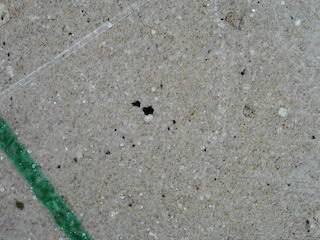
Asphaltenes
Unwatned by-product from the process of producing diesel from crude oil. Asphaltene particles are generally thought to be in the 0.5 – 2.0 micron range and they agglomerate into an oily sludge. This problem is made worse when free water is present.
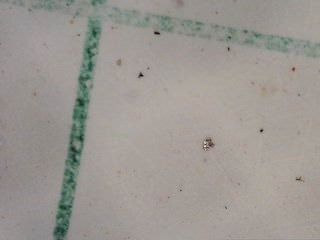
Bright Metal Particles
Typically originate from component wear such as fuel pumps and valves. These particles are abrasive and, as a result, can lead to wear and tear of the engine parts and ruin fuel injectors.

Silica And Dust Particles
This is typically airborne contamination. U shaped open vents/pipes on top of storage tanks increase its number significantly. Particle size varies from 4 – 40 microns and is extremely abrasive against delicate engine components.
Smart Analysis Kit
Fluid analysis is a snapshot of what is happening inside your equipment. It tells you the condition of the fuel or lubricant and identifies component wear and contamination in virtually any application. The Smart Analysis Kit allows you to conduct immediate on-site particulate analysis in as little as ten minutes.
